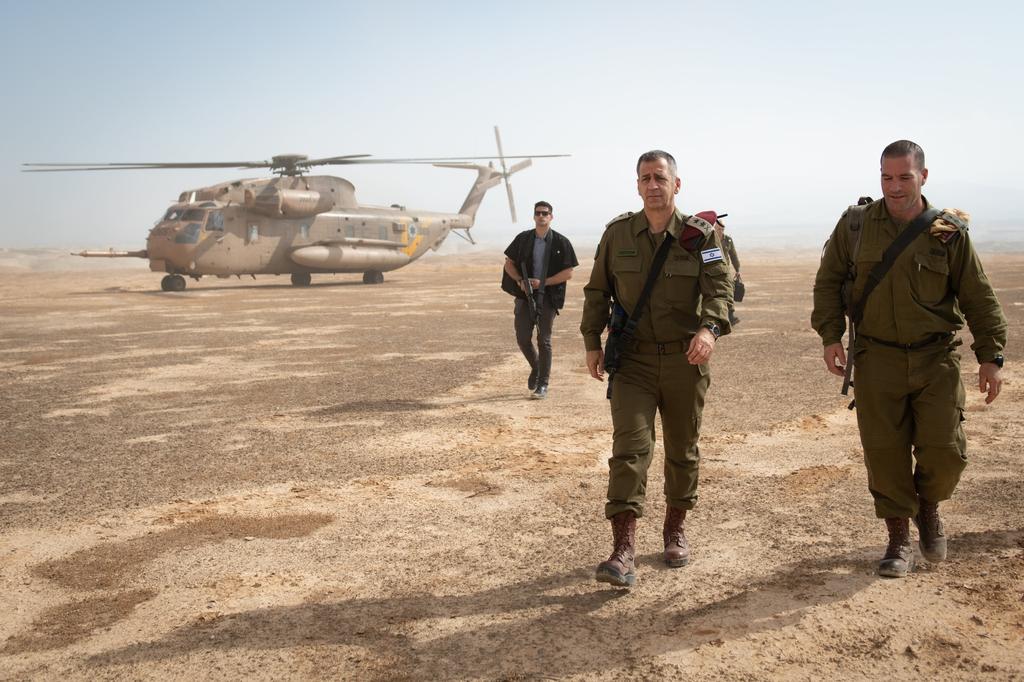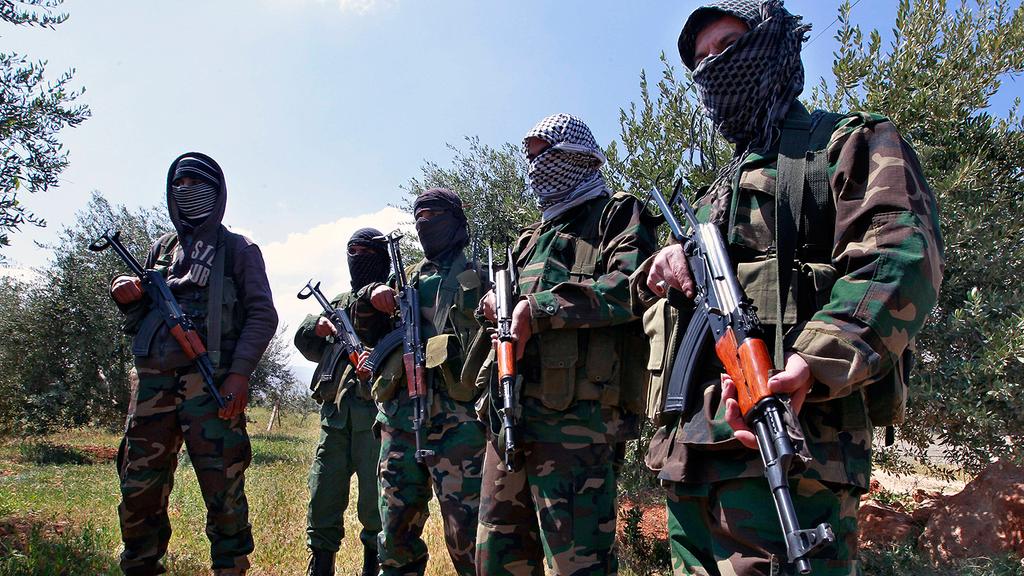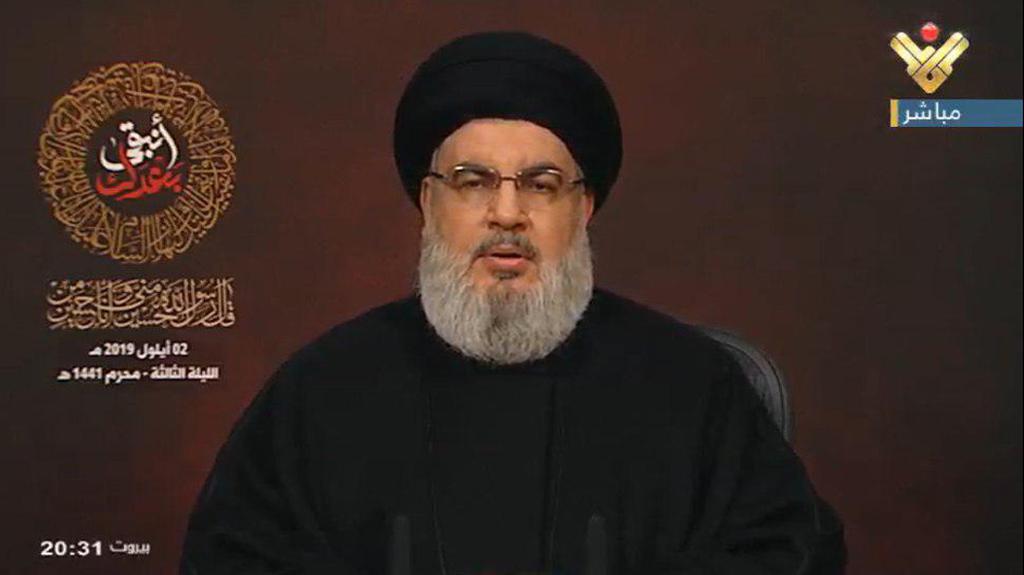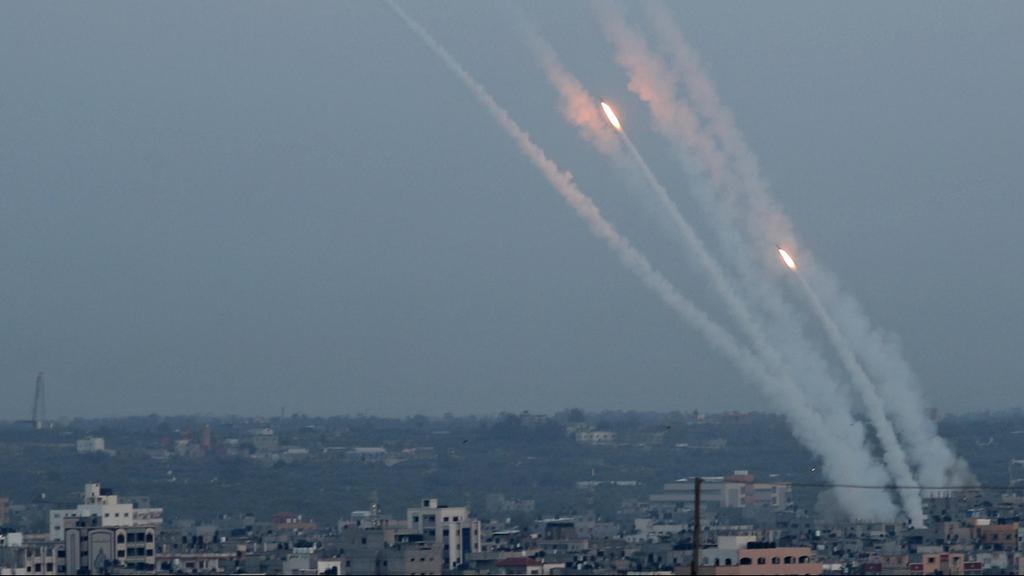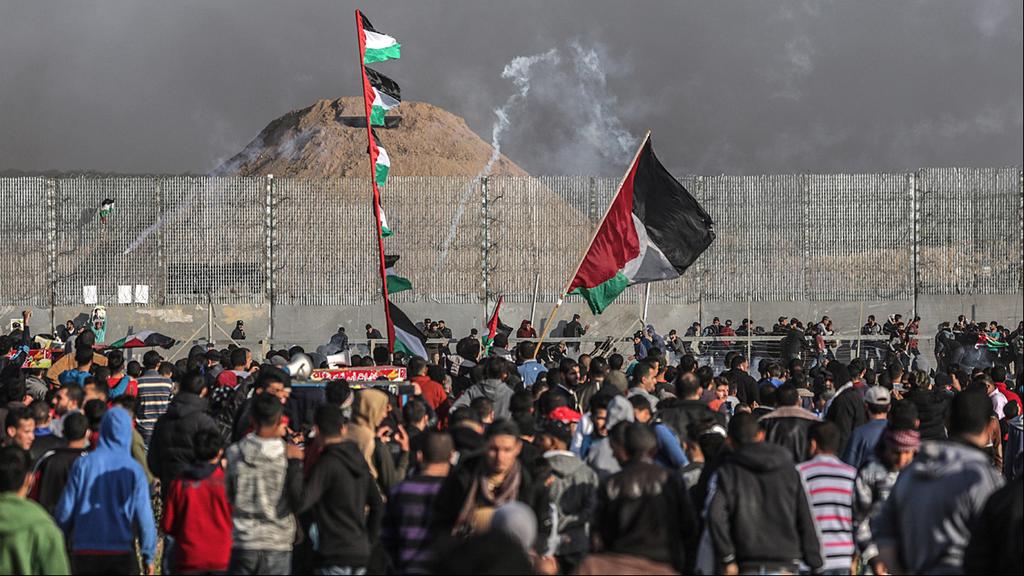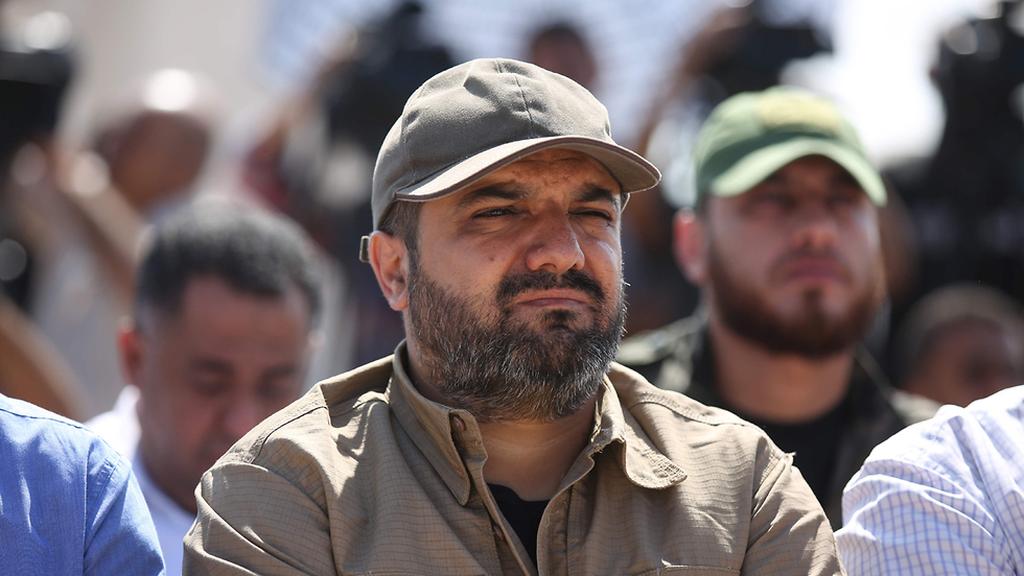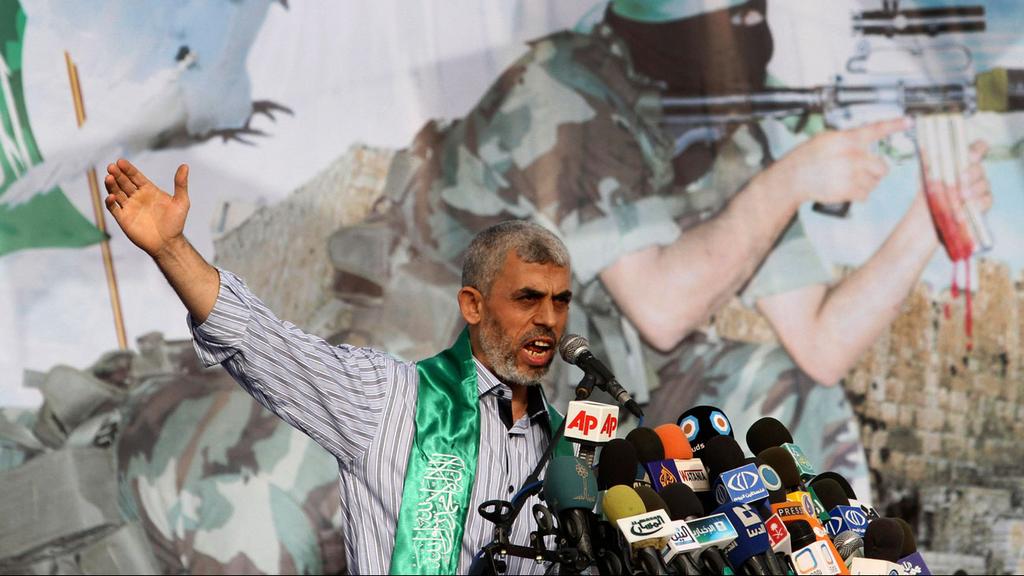IDF Chief of Staff Aviv Kochavi's first year in the role is coming to an end, a year that will maybe be remembered for the general's loneliness at the top.
In one of the most tumultuous years the IDF has ever known, Kochavi has looked around and found he is alone at the helm.
For most of his tenure, Kochavi has served under a non-existent defense minister, with a prime minister whose main focus is on the three election cycles in 12 months and three graft indictments.
Furthermore, there has been no functioning government to approve the crucial multi-year plan for the military, leaving him to make critical decisions in real time.
This past year has played host to an unusual airstrike in Beirut attributed to Israel, reports of attacks in Iraq, the killing of Islamic Jihad general Baha Abu Al-Ata in the Gaza Strip and undercover operations across the region; all as Israel strives to save face and prosper during one of the most debilitating political crises in its history.
One week in August
A period which is emblematic of the Kochavi tenure is the week between August 25 and September 1.
Shortly before midnight on August 24, the IDF attacked a cell belonging to an Iranian-backed militia in Syria, which was planning to launch a major terrorist attack in Israel.
The IDF attack was precise, thwarting the militiamen's plan moments before they approached the border.
Less than three hours later, Lebanese media reported that Israel attacked Beirut for the first time since the 2006 Second Lebanon War, hitting a Hezbollah facility tasked with improving the precision of the terror group's rockets.
Hezbollah leader Hassan Nasrallah was shocked by the IDF strike and the army's intelligence and operational capabilities, and threatened retaliation.
But the week had only just begun.
The next day, a Sunday, rockets were launched from the Gaza Strip at Sderot while the town was hosting a music festival.
Kochavi contemplated his response and finally decided to contain the situation, citing overstretched operative capabilities.
Alert levels were raised among IDF units deployed in the northern border area, with Iron Dome missile defense systems placed along the frontier and warplanes armed and fueled, ready to launch at a moment's notice.
The IDF chief was criticized for withholding a serious response and accused of harming Israel's defense deterrence - but could not elaborate on his considerations.
During that same week, foreign news agencies reported an airstrike in Iraq that was also attributed to Israel.
This all occurred just three weeks ahead of the September 17 elections, while thousands of families were hiking in the north and IDF intelligence reported that Hezbollah anti-tank strike teams were deployed along the border for an immediate attack.
Home front wake-up call
Nasrallah decided to launch his reprisal for the Beirut attack on September 1, the first day of the Israeli school year.
An IDF reconnaissance vehicle broke protocol and drove into a restricted area along the border.
By what could describe as a miracle, the rockets fired by Hezbollah failed to hit their mark and northern Israel was spared a new cross-border conflict.
Kochavi realized that the gaps in the army's preparedness shouldn't be addressed only among the armed forces, but also among its civilians.
The public didn't really appreciate what a war with Hezbollah would look like.
It would not merely be 15,000 rockets fired from Gaza by Hamas and Islamic Jihad, 90% of which are intercepted and destroyed by Iron Dome. Rather it would entail some 150,000 rockets fired from Lebanon, most of them long-distance, accurate and with a heavy payload. This would spell a new kind of damage to Israel's home front.
With this in mind, the chief of staff begun outlining and coordinating expectations for such a scenario, not out of fear and not to embolden the enemy. but to raise awareness among Israel's citizens its government. It was also aimed at the emergency services, whose shortcomings became very clear during the recent floods.
Simultaneously, Iran made it known that its policy of ambivalence towards Israel's actions in the region was at a crossroads. Yet despite these warnings, the IDF continued to prevent the Islamic Republic's entrenchment in Syria.
Such actions are still not enough, and time is needed to see how Iran goes forward following the recent killing of its top general Qassem Soleimani in a U.S. drone strike in Baghad.
The interminable tensions with Gaza were marked this year by a reduction in fires sparked by incendiary balloons launched from the Hamas-run enclave, but also the night-time raids from terrorists and a halt to the "March of Return" riots along the border.
But if rocket launches are examined, this year has seen a number greater than during Operation Protective Edge in 2014.
Return to old policies
The chief of staff oversaw two major flareups along the Gaza border during his first year.
The first occurred during May 2019, when more than 600 rockets were fired by Hamas over a two-day period, killing four Israelis. This was Kochavi's first major operation and was less successful when it came to the IDF's strategic achievements during the brief escalation.
The second came in November with Operation Black Belt.
The elimination of Islamic Jihad's Northern Division Commander in Gaza, Baha Abu Al-Ata, as well as the killing the organization's main money launderer in May, symbolized a return to the doctrine of targeted killings.
Abu Al-Ata's death was deemed a huge success and held major significance from both an operational and an intelligence perspective.
Operation Black Belt witnessed a major improvement in the IDF ability to carry out targeted killings and in the quality of the targets, dealing a deadly blow to Islamic Jihad by eliminating Gaza's "bad boy", all while Hamas stood on the sidelines and didn't intervene.
The operation made it easier to head in a diplomatic direction, with Kochavi at the helm.
The chief of staff views this as an opportunity Israel must make the most of, improving the humanitarian situation in the Gaza Strip.
He recognizes a change of direction by Hamas, especially from its leader in Gaza Yahya Sinwar, who started to feel domestic pressure and is no less interested in bettering conditions in the enclave.
Therefore, Kochavi is willing to be more lenient with the entrye of Gazan workers into Israel than his counterpart at the Shin Bet security service, Nadav Argaman.
Kochavi understands that an economic solution was the trigger for the relative peace of the West Bank and that it could yield the same results in the Gaza Strip.
Throughout these efforts, he is assisted by newly appointed Defense Minister Naftali Bennet, a change of pace from working directly with a prime minister who didn't consider him as the first option for the position.
Netanyahu is aligned with Kochavi's plans to make the IDF a deadlier, more technology-oriented army, but realizes that the current political turmoil means he will have to wait for permanent government to be installed in order to push forward with a multi-year plan.
New challenges in his crosshairs
Until a thorough plan is approved by Israel's lawmakers, Kochavi will have to cope with the drastically decreasing motivation of the country's young people to join combat units and the brain drain being suffered by the IDF's professional army.
8 View gallery
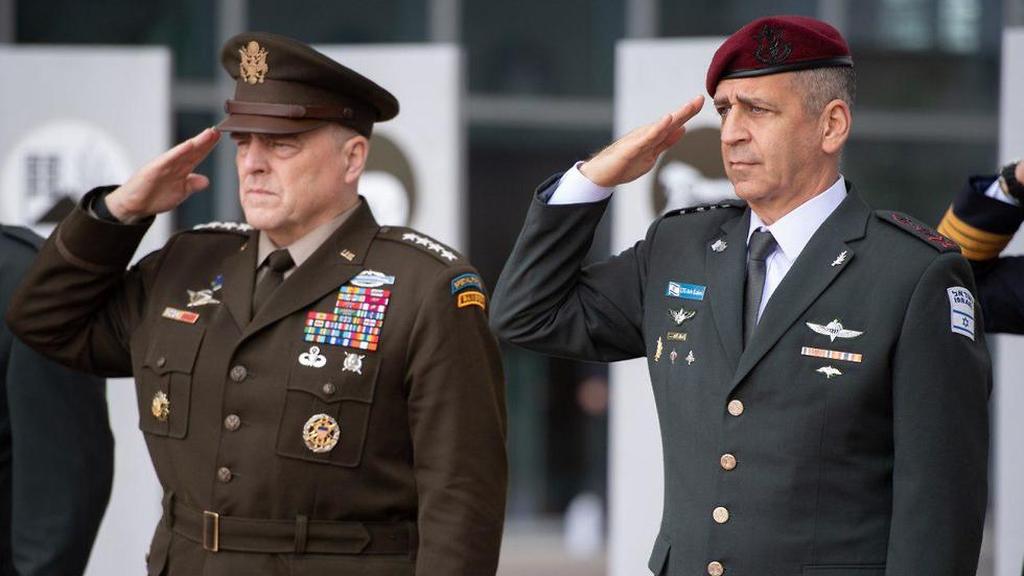

U.S. Chairman of the Joint Chiefs of Staff Mark Milley and IDF Chief of Staff Aviv Kochavi
(Photo: IDF Spokesperson's Unit )
Service in the IDF has become increasingly unattractive and needs a completely fresh approach.
But ahead of all the challenges and security issues, Kochavi's greatest test will be to prepare the IDF for its next war – most likely against Hezbollah and its increasingly effective armaments and equipment.


